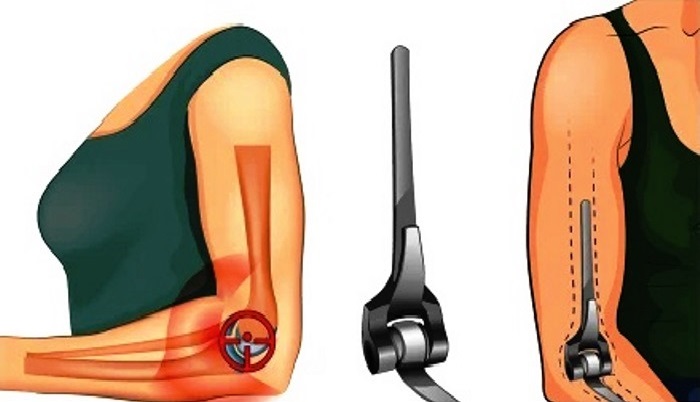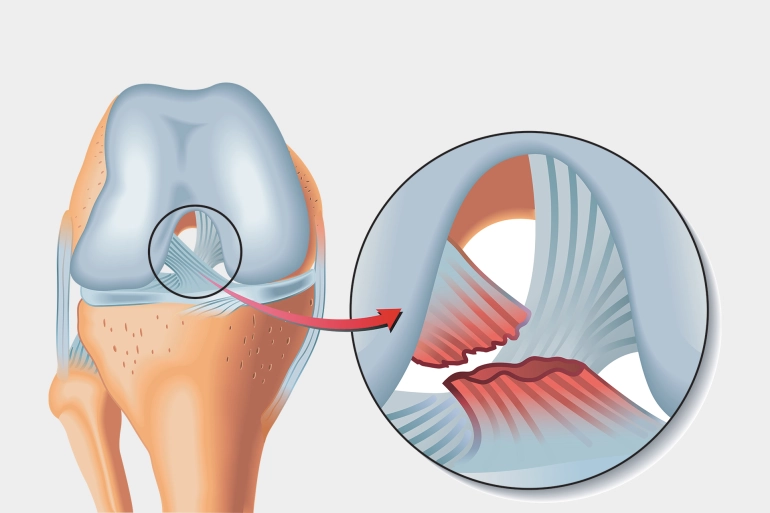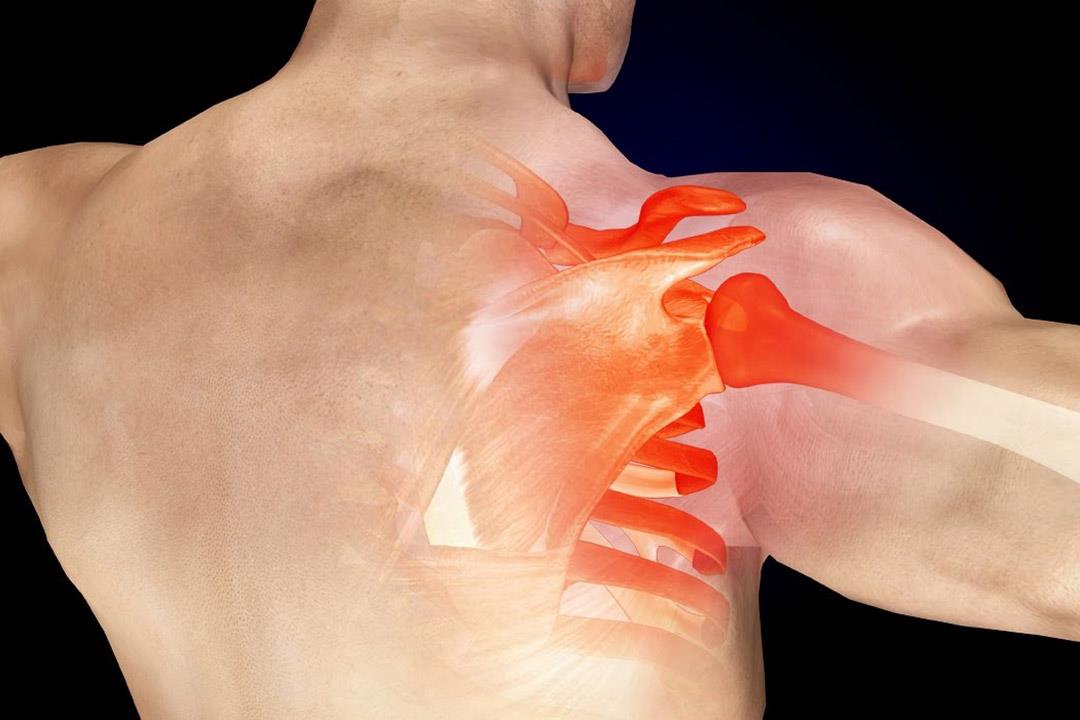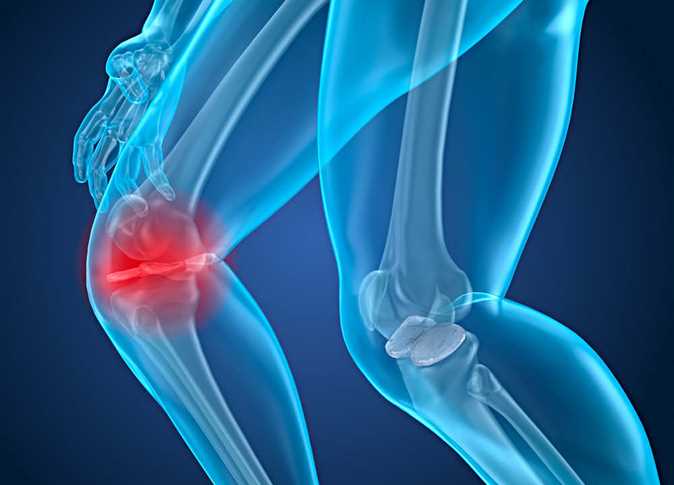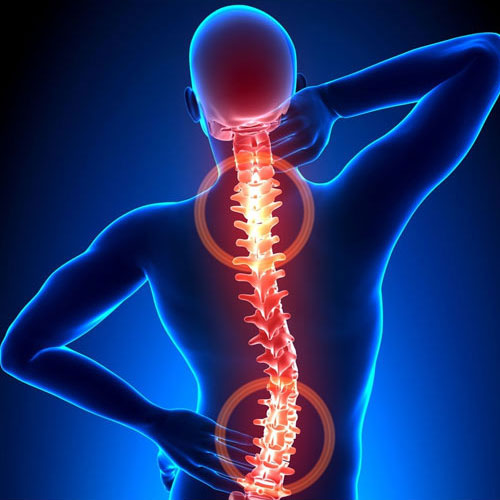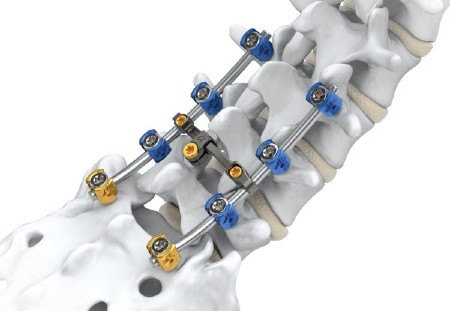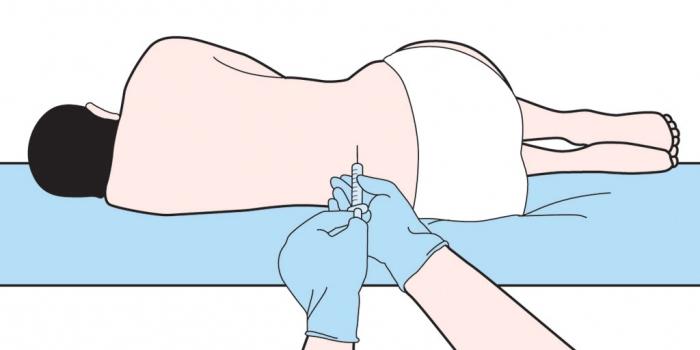Explore with us an orthopedic specialist in the field of pelvis and the latest methods for joint treatment!
Pelvic Bone Specialist: Many people suffer from pelvic pain, which leads the patient to search for the best specialist in pelvic pain to diagnose their condition correctly and develop a suitable treatment plan. In this article, we will explore the issues that affect the pelvic joint and how to relieve pain through various methods, so stay with us to learn about the latest developments in this matter.

Pelvic Bone Specialist
Dr. Amr Amal is considered one of the best specialists in pelvic bone problems. He serves as a consultant in orthopedic and joint surgery at Ain Shams University and is a preferred choice for many people seeking to address pelvic joint issues. He possesses the necessary expertise and high competence in diagnosing and treating various conditions.
What is the Pelvic Joint?
“We offer comprehensive medical care services for the pelvic joint by a specialized medical team and advanced pelvic joint replacement procedures at Dr. Amr Amal’s clinics.”
The pelvic joint is the largest and strongest joint in the body, playing a crucial role in enabling human movement and mobility. Although this joint is robust, and its component bones are strongly connected, it can sometimes be injured, necessitating replacement. If you are looking for the best doctor for pelvic joint replacement, click here.
What Causes Pelvic Bone Pain?
There are several reasons why a person may experience pain and discomfort in the pelvic bones, including:
- Trauma or accidents, such as falls or car accidents, can damage the pelvic bones, resulting in pain and discomfort in the pelvic and lower back areas.
- Muscle weakness can contribute to pelvic pain. Strong muscles in the back and abdomen are essential for supporting movement and facilitating it. Any weakness in these muscles can lead to pain in the pelvis.
- Dysfunction of the sacroiliac joint, which connects the pelvis to the lower spine, can result in inflammation and pain in the pelvic area. Fractures in this joint may lead to joint inflammation or aging.
- Iliopsoas syndrome can cause acute pain starting from the lower back and spreading to the hips. It is often caused by muscle tension resulting from improper footwear during sports.

What Are the Symptoms of Pelvic Joint Inflammation?
Inflammation of the pelvic joint can manifest with various symptoms, including:
- Pain in the pelvic joint, often extending to the thighs and buttocks, typically worsening in the morning.
- Stiffness and tightness in the hips and lower back.
- Difficulty walking and limited range of motion.
- Severe pain when sitting for extended periods or when getting up in the morning.
- Fever.
- Intermittent episodes of pain that come and go, worsening over time.
- Swelling in the hip area.
- Increased pain during vigorous activities.
Individuals with pelvic joint inflammation may struggle with everyday activities.
For more details about pelvic joint inflammation, we recommend reading the following article.
What is the Treatment for Pelvic Joint Pain?
The treatment of pelvic joint inflammation typically involves two main approaches:
Non-surgical Methods:
Doctors often start with non-surgical treatment methods to relieve the patient’s pain and minimize accompanying side effects. This includes prescribing anti-inflammatory medications in the form of tablets, injections, or topical creams for local application.
Surgical Methods:
If the patient does not respond to various non-surgical methods for treating pelvic joint inflammation, the doctor may consider surgical treatment. The choice of surgical procedure depends on the condition of the joint, the patient’s age, the stage of the disease, the type of joint inflammation, and other factors. Common surgical procedures for pelvic joint treatment include:
- Bone grafting.
- Synovial membrane excision.
- Bone drilling to relieve pressure on the bone marrow and stimulate blood flow.
- Hip joint replacement to reduce pain and improve mobility.

Is Pelvic Pain Serious?
Inflammation of the pelvic joint due to various causes can result in severe pain, making it difficult for the patient to perform daily activities such as bending, staying in a fixed position, or lifting objects. The constant pain can lead to sleep disturbances and depression.
Can Kidney Stones Cause Pelvic Pain?
Kidney stones, which are formed in the urinary tract, consist of salts and minerals such as calcium. The body often has difficulty eliminating these minerals in the urine, leading to their accumulation and the formation of crystals in the bladder or kidneys. Most of the time, this can result in pain in the pelvis or lower back.
Does Herniated Disc Cause Pelvic Pain?
Feeling pain is one of the most common symptoms resulting from a herniated disc, which develops and worsens over time. Initially, the patient may feel pain in the area where the herniated disc is located, and the pain may also extend to nearby areas such as the arms or legs. Dr. Amr Amal offers his expertise in pelvic joint specialization to achieve the best results.
When Is Hip Joint Replacement Done?
A doctor may consider hip joint replacement surgery when a patient experiences one of the following conditions:
- Suffering from arthritis that worsens with age.
- Having rheumatoid arthritis, an autoimmune disease.
- Bone death and necrosis issues.
- Childhood hip joint problems.
- Arthritis occurring after severe bone and joint injuries.
- Developing a tumor in the hip joint.
- Direct injuries to the hip joint, such as fractures, leading to cartilage damage, joint stiffness, and unbearable pain.
- Osteoarthritis, which results from the deterioration of the cartilage cushioning the hip joint when it meets the thigh bone at the hip socket.
Preparation Before Hip Joint Replacement Surgery
Before undergoing hip joint replacement surgery, there are several steps and procedures that need to be followed, including the following:
- A comprehensive examination by the doctor to assess the range of motion of the joint and the strength of the surrounding muscles.
- Gathering the patient’s medical history, including medications, dietary supplements, vitamins, and chronic illnesses.
- Blood tests, liver and kidney function tests, and imaging studies may be requested by the doctor.
- Smoking cessation, as smoking has a negative impact on the surgical process.
Hip Joint Replacement Surgery
Hip joint replacement surgery is a simple surgical procedure in which the doctor makes a small incision in the hip to access the damaged femoral head and replace it. Afterward, the doctor inserts a metal stem into the upper part of the femoral bone, removing any damaged cartilage from the acetabulum, which is the hip socket.
The doctor implants artificial cartilage to line the joint from the inside, and this technique can be applied at various ages. However, the type of joint used during the replacement surgery varies depending on the patient’s age.
Is Hip Joint Replacement Surgery Dangerous?
Hip joint replacement surgery is characterized by its low risks. The occurrence rate of joint inflammation does not exceed 2%, in addition to other medical complications, including the following:
- Infections: Infections can occur either superficially or deeply around the artificial joint. Superficial infections are treated with antibiotics, while deep infections may require additional surgical procedures to address inflammation.
- Blood Clots: Deep vein thrombosis (DVT) is one of the most common complications of hip joint replacement surgery. DVT can be life-threatening if it travels to the lungs, so doctors prescribe blood-thinning medications to prevent this.
- Hip Dislocation: Although uncommon, the ball may dislocate from the socket. In most cases, it can be relocated without requiring additional surgery.
- Loosening: Over time, there may be loosening of the implanted joint components, necessitating a revision surgery.
- Nerve Damage: Hip joint replacement surgery may affect the sciatic nerve or the femoral nerve, with the severity decreasing within six months of the procedure.
- Artificial Joint Wear: With time, there may be wear and tear on the artificial joint, requiring another replacement surgery.
- Leg Length Discrepancy: There is a possibility of a natural increase in leg length due to muscle stiffness surrounding the joint, leading to tissue friction.
After Hip Joint Replacement Surgery
After completing the surgical steps, the patient is transferred to the recovery room until the effects of anesthesia wear off. During this time, the patient’s vital signs, such as blood pressure, oxygen levels, and pulse, are monitored.
The patient typically remains in the hospital for several days, depending on their health condition. During this period, the patient adheres to antibiotics and pain relief medications as prescribed by the doctor. The nursing team assists the patient in mobilizing from the first day post-surgery. Specific instructions are provided by the doctor, including the type of exercises to strengthen the muscles surrounding the joint and movements to avoid in the early weeks after the surgery. Additionally, the patient is educated on wound care and maintenance.
Most doctors emphasize the importance of movement, if possible, to prevent the risk of leg clots. This is achieved through the use of anti-clotting medications and wearing compression stockings.

How much does a hip joint replacement cost in Egypt?
Hip joint replacement surgery is considered a relatively costly procedure, with prices ranging from 150,000 to 300,000 Egyptian pounds. The variation in cost depends on several factors, including:
- The patient’s overall health condition.
- The type of joint used by the doctor during the procedure.
- The duration of the patient’s hospital stay.
- The skill, competence, and years of experience of the surgeon performing the surgery, as well as their educational qualifications.
- Pre-operative preparations and tests undergone by the patient.
- The level of care provided by the hospital.
- Modern medical techniques and tools utilized by the surgeon.
How can I relieve hip pain with herbs?
There are several herbs that have been used and proven effective in relieving hip pain, including:
- Ginger: Ginger is known for its anti-inflammatory properties and its ability to increase blood circulation in the body, particularly in the area of pain. This can raise the temperature in the affected area, speeding up the healing process.
- Turmeric: Turmeric is a spice with various medicinal and health benefits. It helps suppress chronic inflammation associated with conditions like rheumatoid arthritis, reducing pain.
- Devil’s Claw: This plant is known for its anti-inflammatory properties, as it inhibits tumor necrosis factor-alpha. However, more research is needed to fully establish its effectiveness.
- Frankincense: Studies have shown that frankincense can help reduce joint pain by reducing inflammation. It inhibits the production of leukotrienes in the body.
Is walking beneficial for hip joint pain?
Some studies and medical research suggest that engaging in physical exercise, including walking, does not exacerbate the symptoms of rheumatoid arthritis. However, if rheumatoid arthritis has caused significant damage to the hips or knees, patients should consider low-impact exercises such as swimming, aerobics, walking, and cycling to reduce the risk of joint stress.
What is the address of the best orthopedic hip specialist?
As we recommended earlier, the best orthopedic hip specialist is Dr. Amr Amal. We will provide you with his address and contact information. His clinic is located at Dar Al-Fouad Medical Center, occupying the fourth floor with room number 418. Dr. Amr specializes in using the latest medical techniques for safe and effective hip joint replacement surgeries. He has diverse capabilities to tailor treatment plans to each patient’s unique needs and is dedicated to closely monitoring the patient’s progress until they fully recover.


